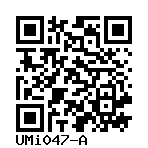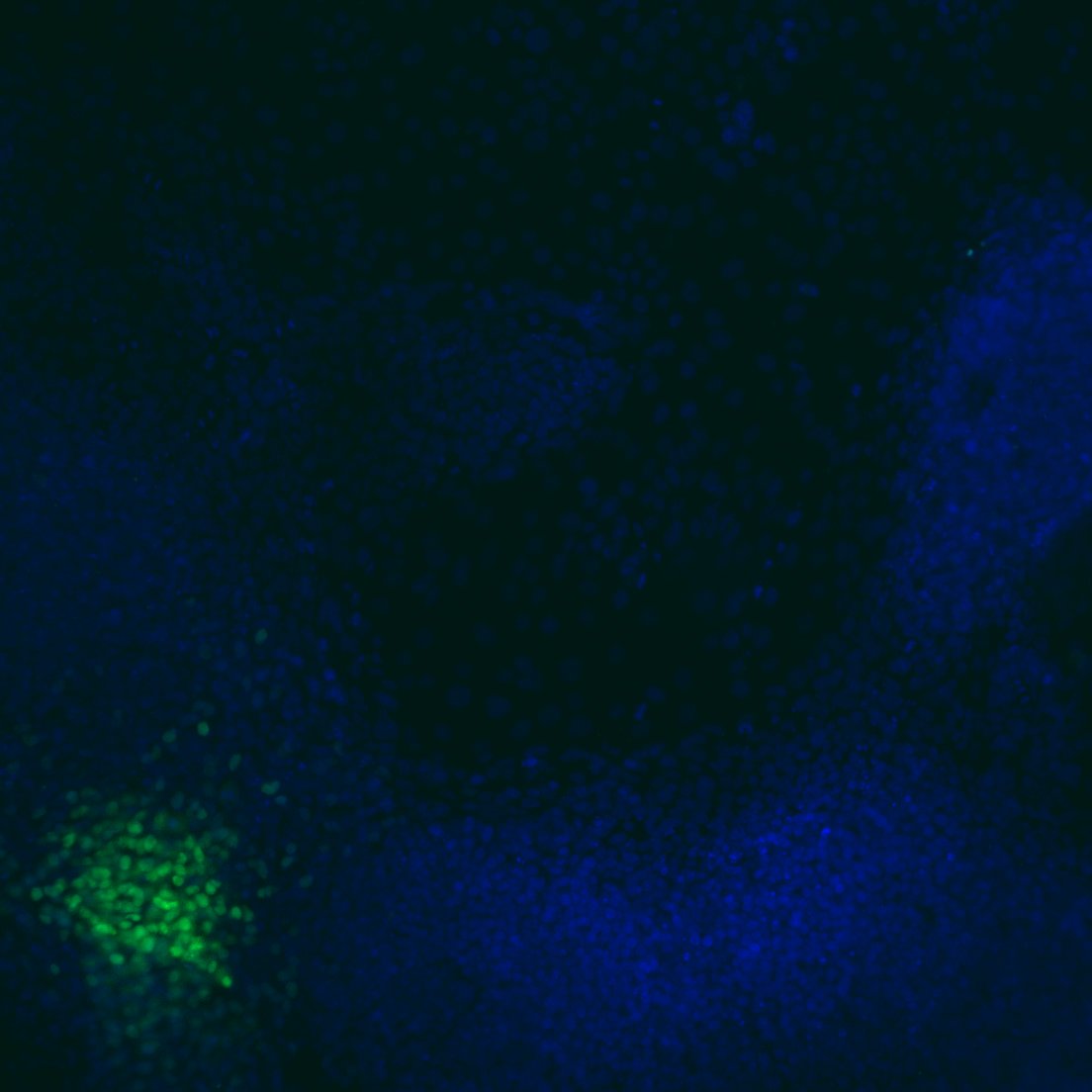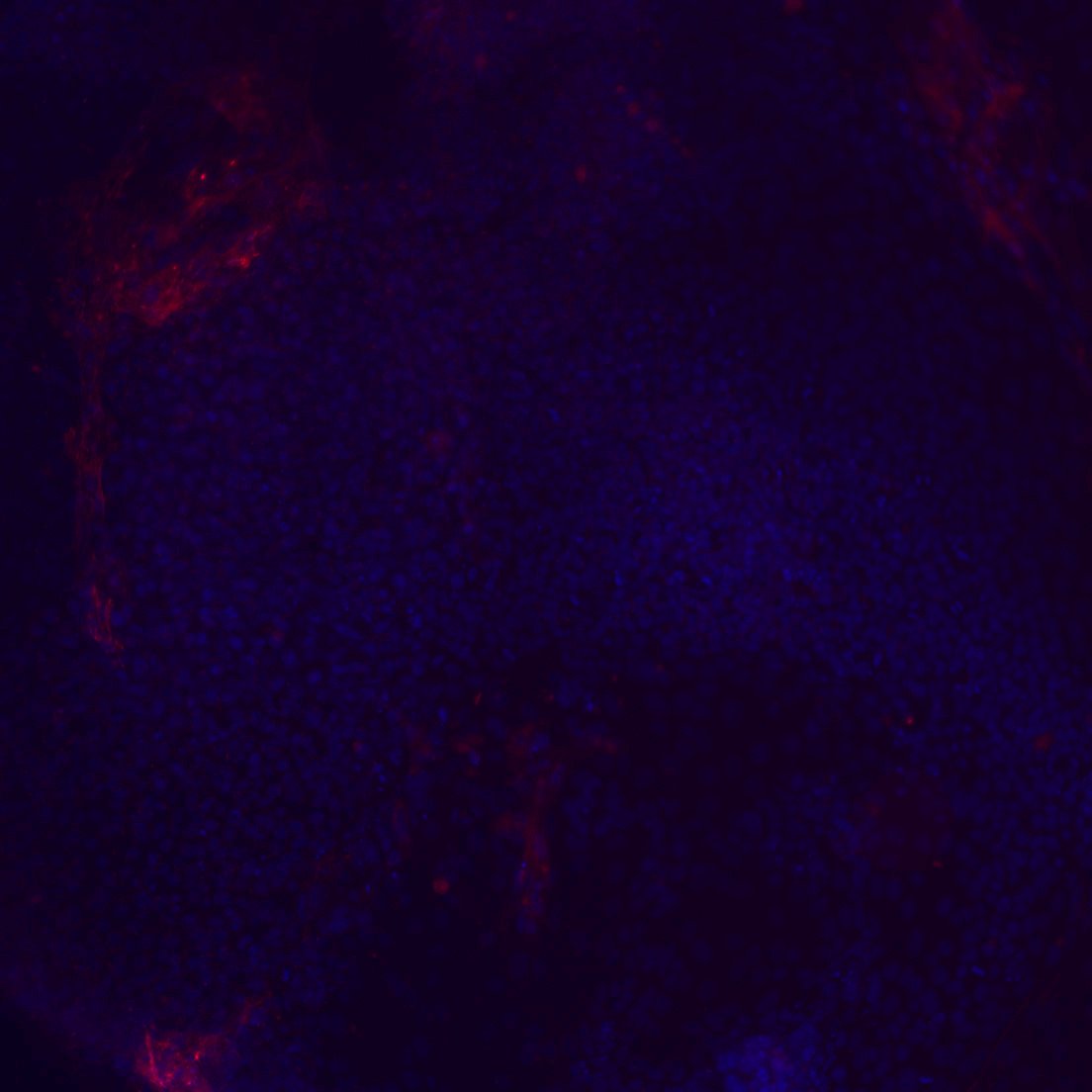sord1 DM
UMi047-A
General
Cell Line |
|
| hPSCreg name | UMi047-A |
| Cite as: | UMi047-A (RRID:CVCL_D6NQ) |
| Alternative name(s) |
sord1 DM
|
| Cell line type | Human induced pluripotent stem cell (hiPSC) |
| Similar lines |
UMi048-A (sord1 GB) Donor diseases: obsolete sorbitol dehydrogenase deficiency with peripheral neuropathy UMi049-A (IIsord1 RV) Donor diseases: obsolete sorbitol dehydrogenase deficiency with peripheral neuropathy |
| Last update | 19th March 2024 |
| User feedback | |
Provider |
|
| Generator | University of Miami - Miller School of Medicine (UM) |
External Databases |
|
| BioSamples | SAMEA115145676 |
| Cellosaurus | CVCL_D6NQ |
General Information |
|
| Publications | |
| * Is the cell line readily obtainable for third parties? |
Yes Research use: allowed
|
Donor Information
General Donor Information |
|
| Sex | female |
| Ethnicity | German, Swedish |
Phenotype and Disease related information (Donor) |
|
| Diseases | A disease was diagnosed.
|
Karyotyping (Donor) |
|
| Has the donor karyotype been analysed? |
Unknown
|
External Databases (Donor) |
|
| BioSamples | SAMEA115177138 |
Ethics
| Has informed consent been obtained from the donor of the embryo/tissue from which the pluripotent stem cells have been derived? | Yes |
| Was the consent voluntarily given? | Yes |
| Has the donor been informed that participation will not directly influence their personal treatment? | Yes |
| Can you provide us with a copy of the Donor Information Sheet provided to the donor? | No |
| Do you (Depositor/Provider) hold the original Donor Consent Form? | No |
| If you do not hold the Donor Consent Form, do you know who does? | Yes |
| Please indicate whether the data associated with the donated material has been pseudonymised or anonymised. | anonymised |
| Does consent explicitly allow the derivation of pluripotent stem cells? | Yes |
| * Does consent expressly prevent the derivation of pluripotent stem cells? | No |
| Does consent prevent CELLS DERIVED FROM THE DONATED BIOSAMPLE from being made available to researchers anywhere in the world? | No |
| How may genetic information associated with the cell line be accessed? | Controlled Access |
| Will the donor expect to receive financial benefit, beyond reasonable expenses, in return for donating the biosample? | No |
| Has a favourable opinion been obtained from a research ethics committee, or other ethics review panel, in relation to the Research Protocol including the consent provisions? | Yes |
| Name of accrediting authority involved? | University of Iowa |
| Approval number | 201201787 |
| Do you have obligations to third parties in regard to the use of the cell line? | No |
| Are you aware of any further constraints on the use of the donated embryo/tissue or derived cells? | No |
| For generation of the cell line, who was the supplier of any recombined DNA vectors or commercial kits used? |
hIPSC Derivation
General |
|
| Source cell type |
Dermal fibroblasts are the major cell type in dermis and are commonly accepted as terminally differentiated cells.
|
Reprogramming method |
|
| Vector type | Non-integrating |
| Vector | Sendai virus |
| Is reprogramming vector detectable? |
No |
| Methods used |
RT-PCR
|
Vector free reprogramming |
|
Other |
|
| Derived under xeno-free conditions |
Unknown |
| Derived under GMP? |
Unknown |
| Available as clinical grade? |
Unknown |
Culture Conditions
| Surface coating | Matrigel/Geltrex |
| Feeder cells |
No |
| Passage method |
Enzyme-free cell dissociation
EDTA
|
| CO2 Concentration | 5 % |
| Medium |
mTeSR™ Plus
|
| Has Rock inhibitor (Y27632) been used at passage previously with this cell line? | No |
| Has Rock inhibitor (Y27632) been used at cryo previously with this cell line? | No |
| Has Rock inhibitor (Y27632) been used at thaw previously with this cell line? | Yes |
Characterisation
Analysis of Undifferentiated Cells
| Marker | Expressed | Immunostaining | RT-PCR | Flow Cytometry | Enzymatic Assay | Expression Profiles |
| NANOG |
Yes |
|||||
| SOX2 |
Yes |
|||||
| POU5F1 (OCT-4) |
Yes |
|||||
| SSEA-3 |
Yes |
Differentiation Potency
In vitro spontaneous differentiation
| Marker | Expressed |
| AFP |
Yes |
| FOXA2 |
Yes |
In vitro spontaneous differentiation
| Marker | Expressed |
| ACTA2 |
Yes |
| Brachyury protein/ TBXT |
Yes |
In vitro spontaneous differentiation
| Marker | Expressed |
| PAX6 |
Yes |
| TUBB3 |
Yes |
Microbiology / Virus Screening |
|
| Mycoplasma | Negative |
Genotyping
Karyotyping (Cell Line) |
|
| Has the cell line karyotype been analysed? |
Yes
46XX
Passage number: 14
Karyotyping method:
G-Banding
|
Other Genotyping (Cell Line) |
|







Login to share your feedback, experiences or results with the research community.